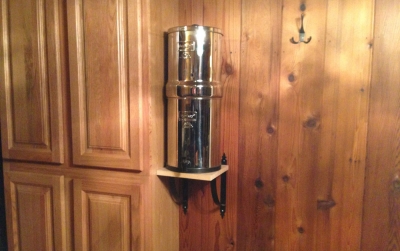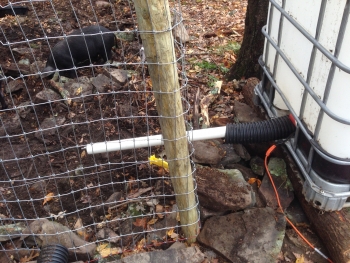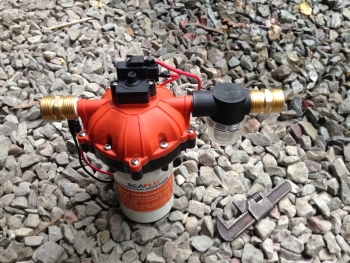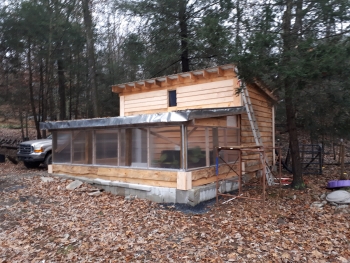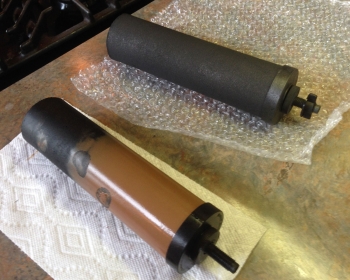My Next Kit: Something strong enough to run a refrigerator
You can assemble your own panels, chargers, batteries, and inverter yourself instead of buying a pre-made kit. And, you could save yourself a good amount of money doing so. For the sake of conversation, however, I’m going to refer you to a kit made by “Grid Eraser” that, based on my calculations for my own area (Poconos), a kit like this would be powerful enough to power a standard home refrigerator year-round.
- 450 watt solar panel array ( 3-150 watt 12v), 25 year warranty.
- 2000 watt Pure Sine Wave DC to AC power inverter with digital power meter. 60 HZ, 1800 watts max. 2 year limited warranty.
- 30 Amp PWM (Pulse Width Modulation) charge controller with LED indicators and digital meter. 5 year warranty.
- 2 - 153 A/H (306 A/H) sealed maintenance free AGM solar battery. Designed for solar products. 1 year warranty. Battery is Made in the U.S.A.
- Fully integrated proprietary steel power supply cabinet. Custom plug and play quick attach/detach connectors. 1/0 AWG wiring for the power inverter, 8 AWG wiring for the charge controller, and 10 AWG wiring for the 25 foot solar panel cord. Cabinet is Made in the U.S.A.
- Shipping is with Old Dominion Freight, we have the lowest rates in the industry.
- MSRP - $4399.00 plus shipping.
(If you build a kit with similar specs, you could probably cut the price in half by doing it yourself.)
What system voltage is best?
12v: Best for Off Grid
If you want maximum “amp hours” from your battery bank, you should connect them in parallel (same voltage, double capacity).
48v: Best for Grid-Tied
If your solar panel system is connected to a “smart meter” then you are able to sell your excess power back to the electric company. This rarely happens; it’s the electric companies that almost always win when your panels are grid-tied. For starters, the tax credits and incentives for people to invest in solar are going away. Plus, the electric companies set the rules when it comes to determining how much to reimburse you for the power they capture from your panels. In this scenario, your batteries would be connected in series (multiply the voltage * number of batteries, but the amp hours remain the same).



